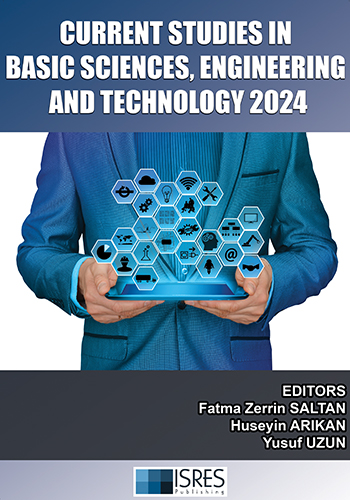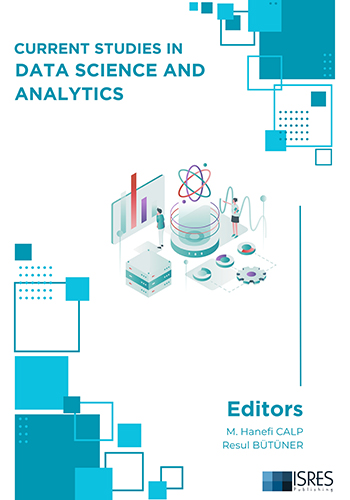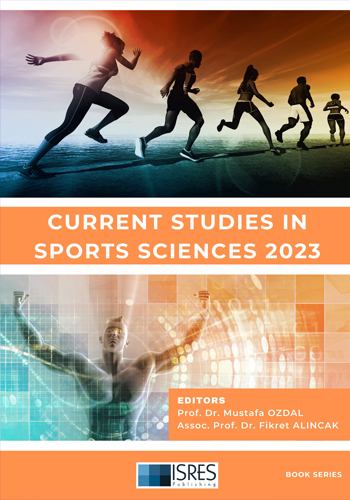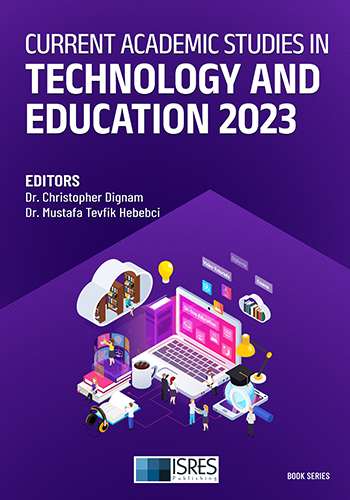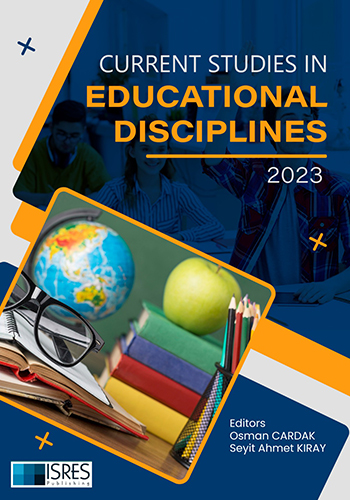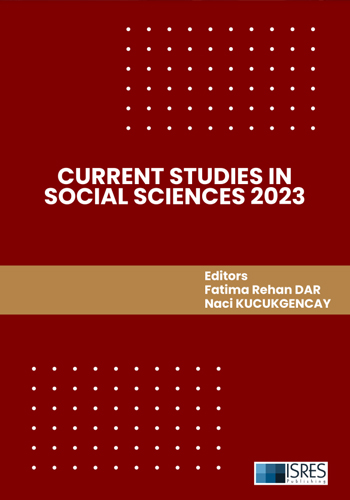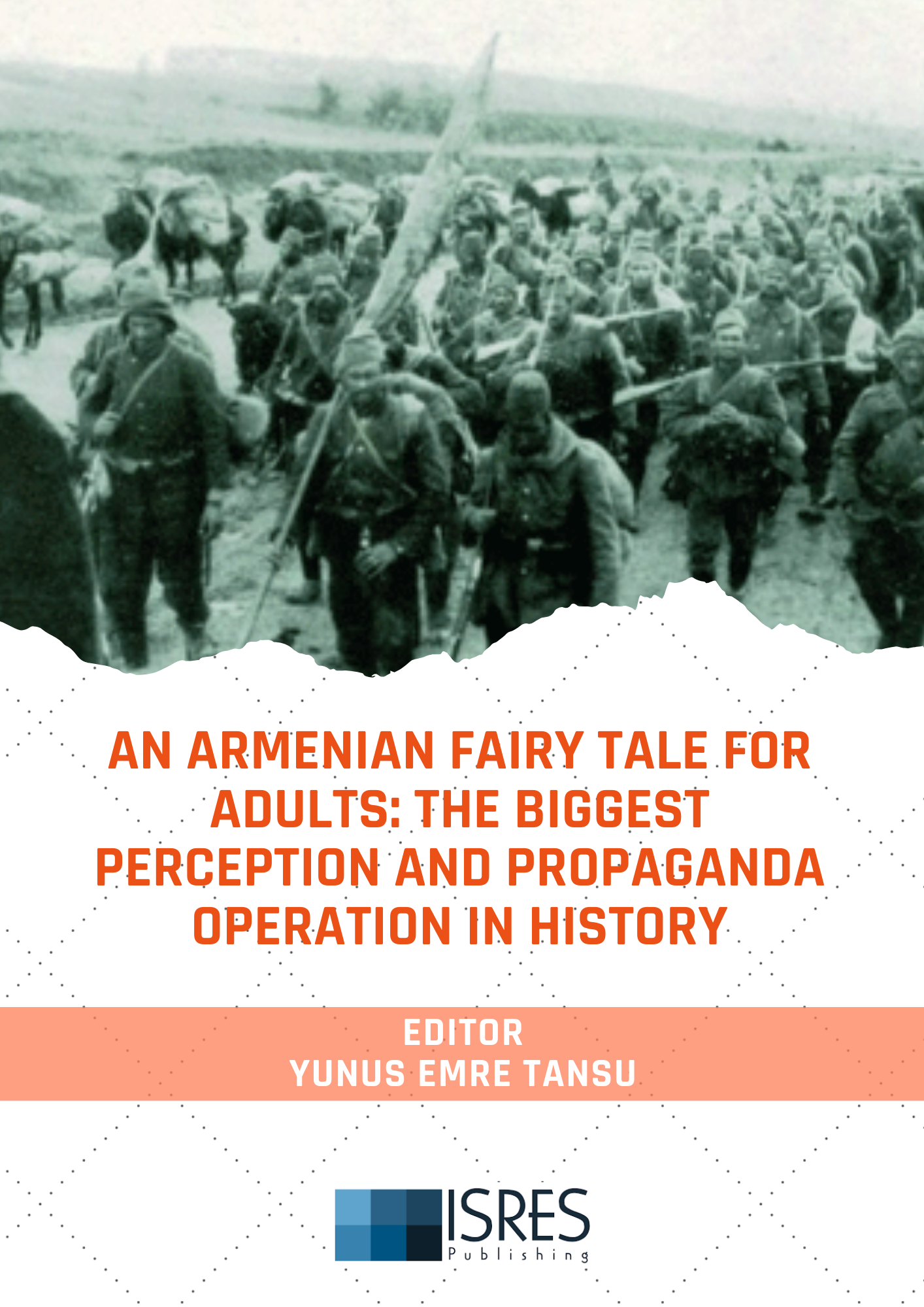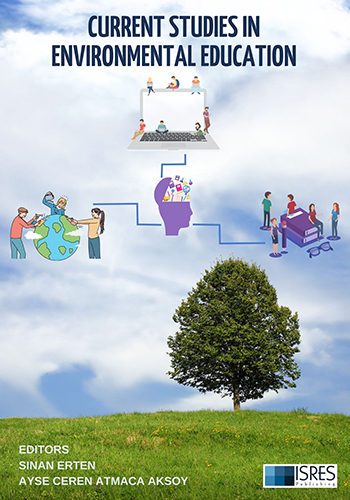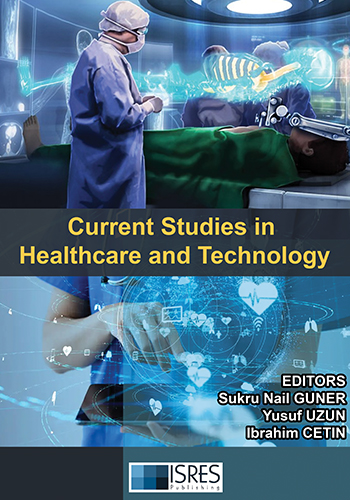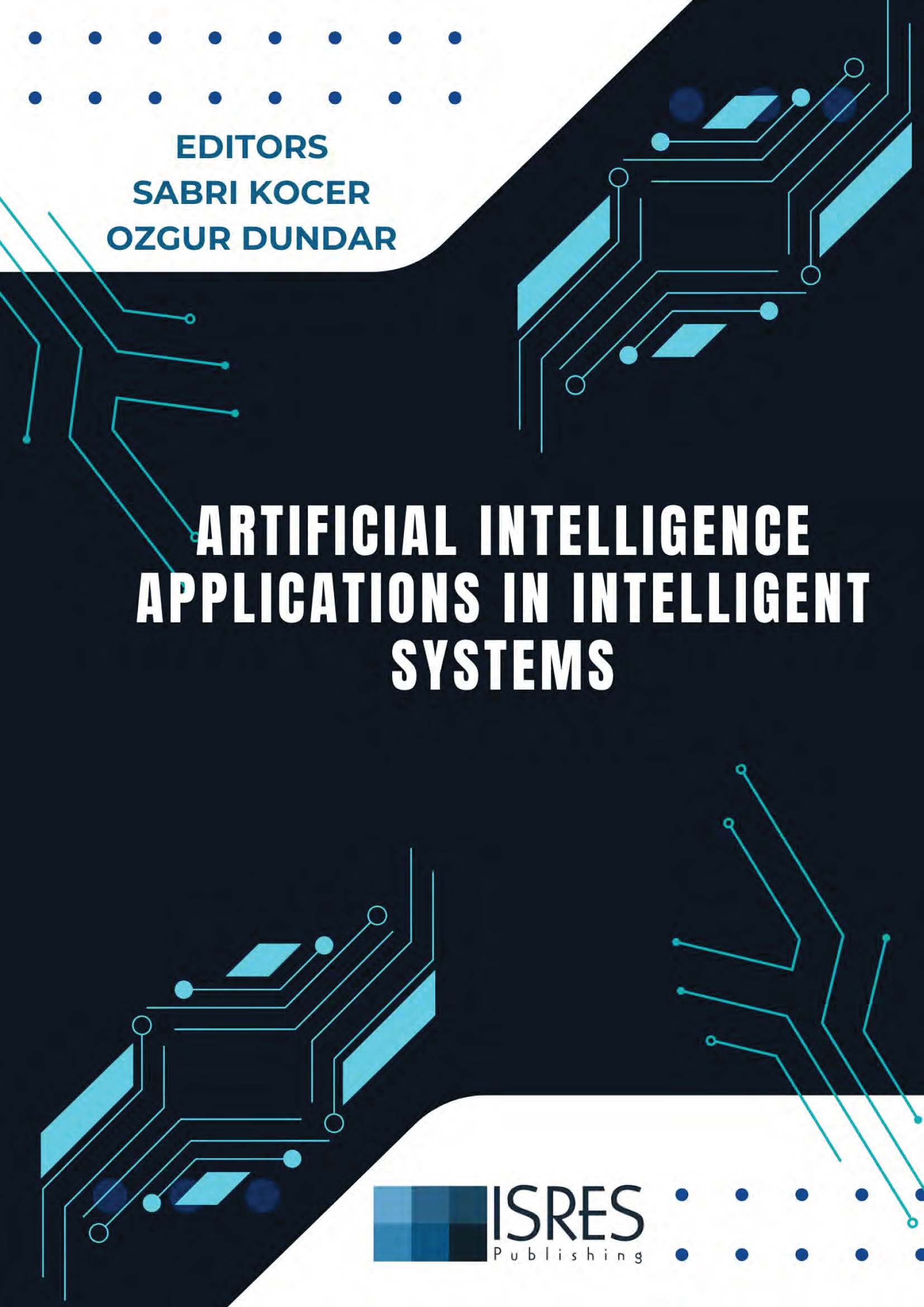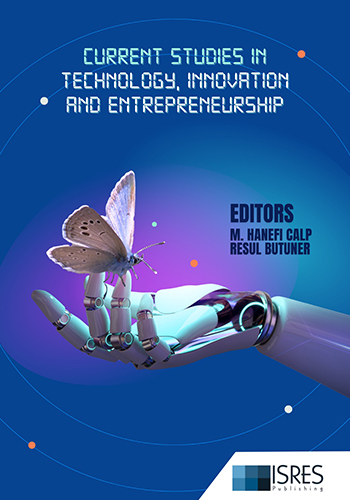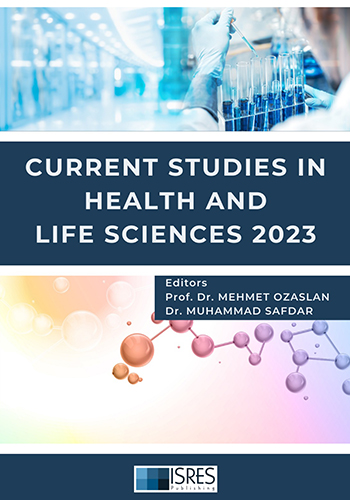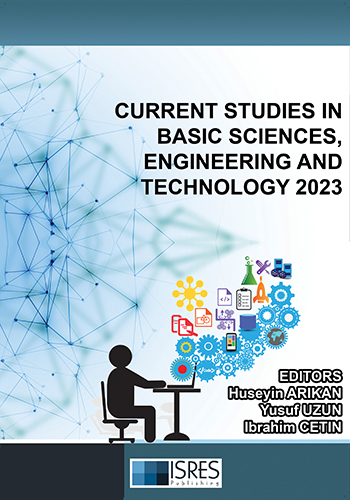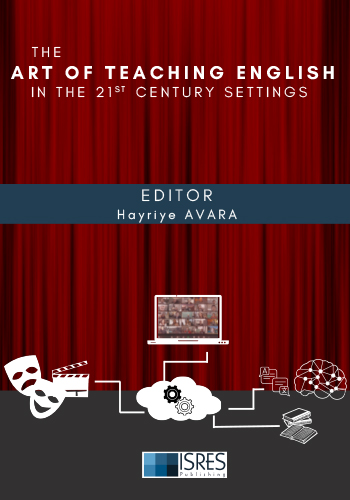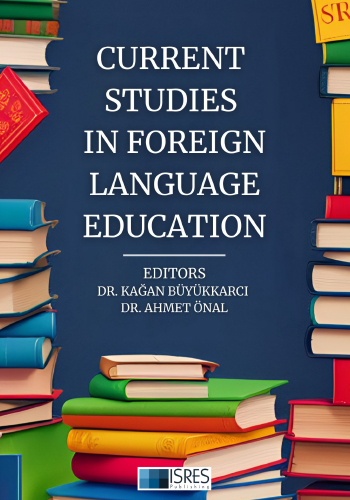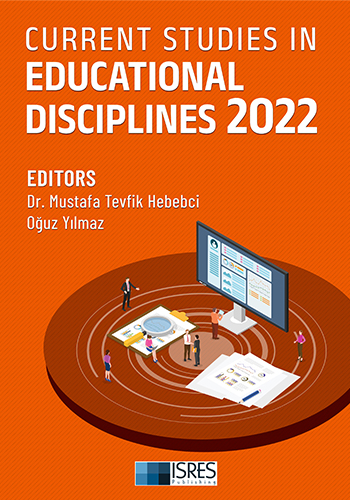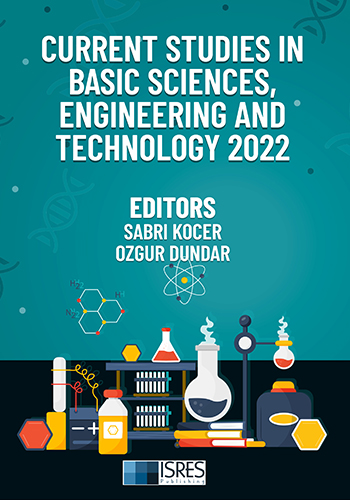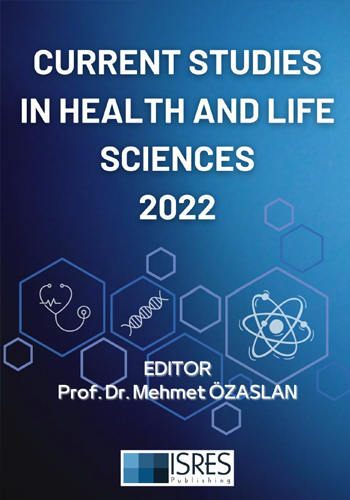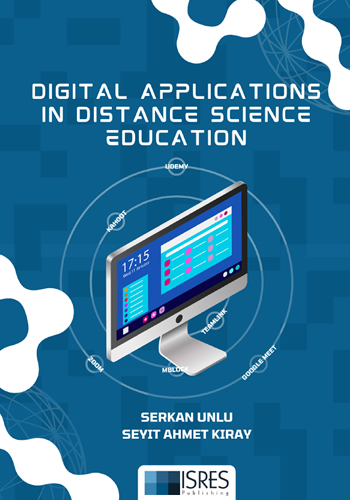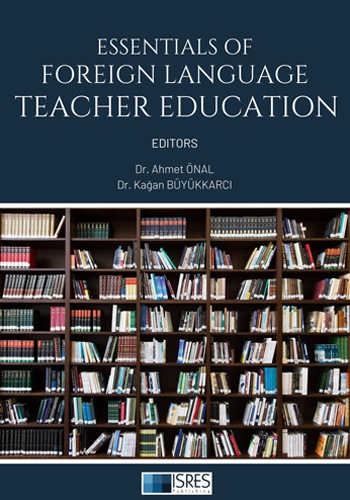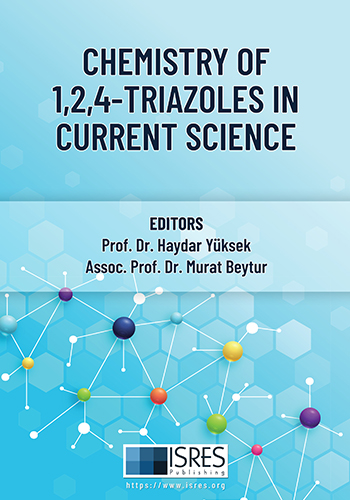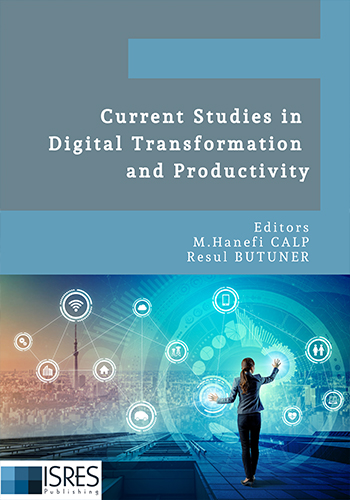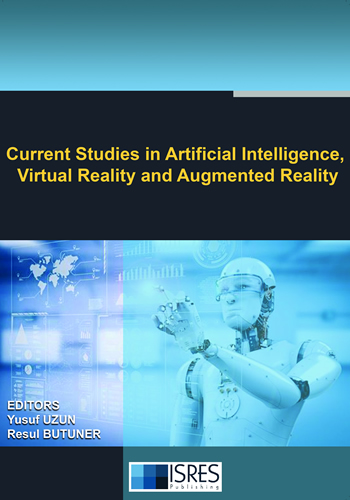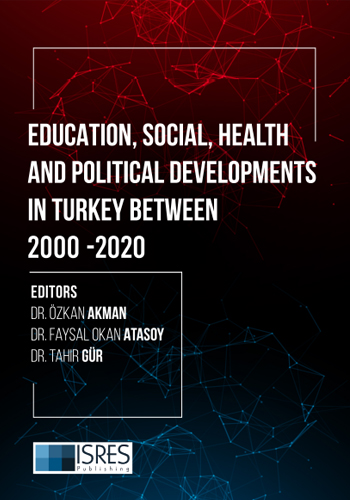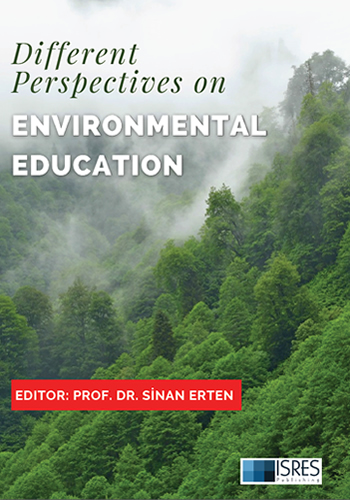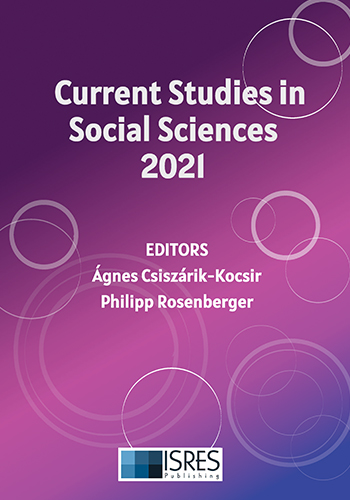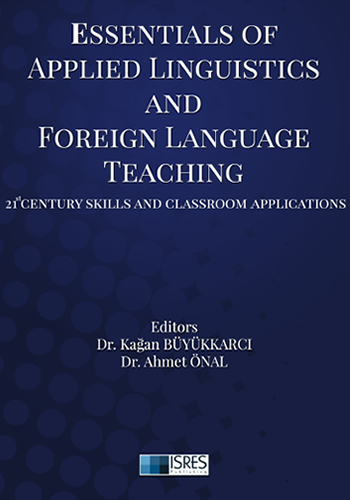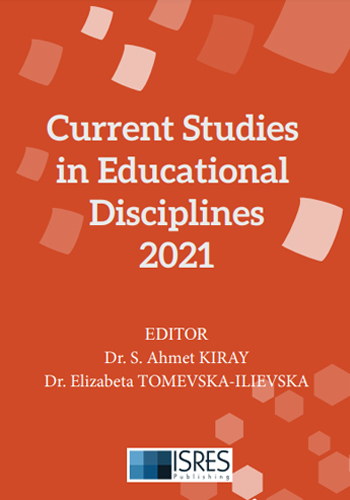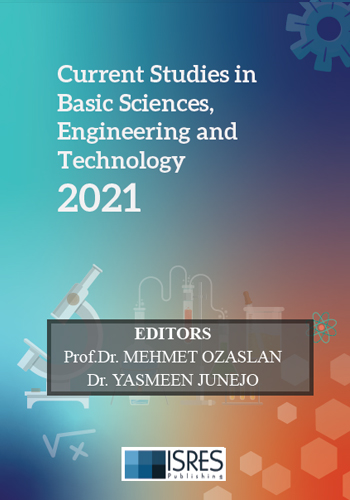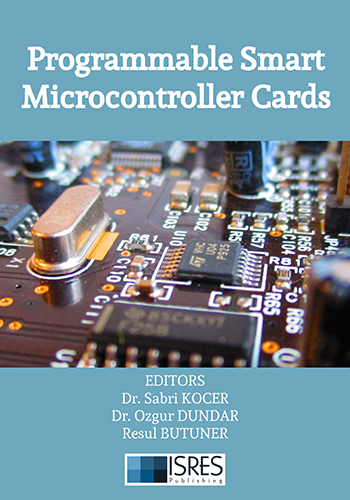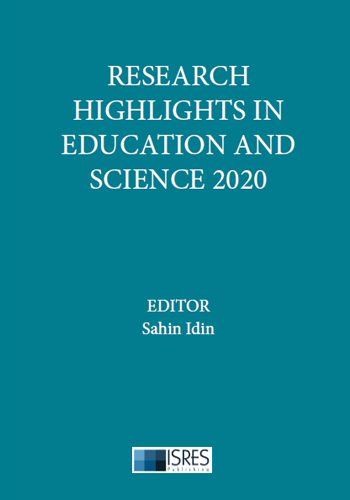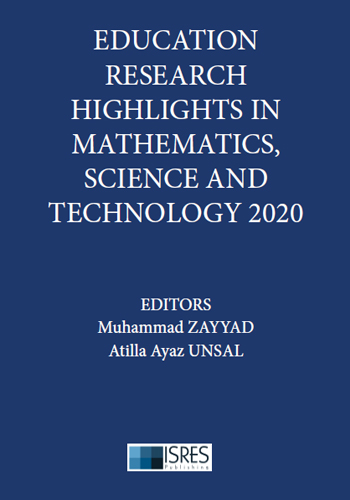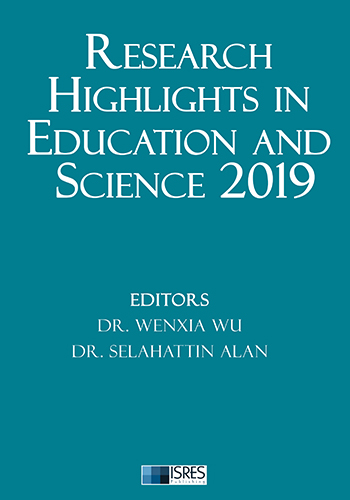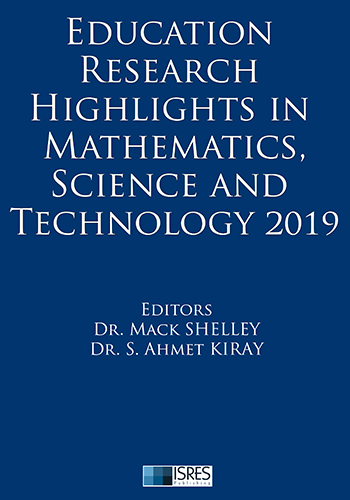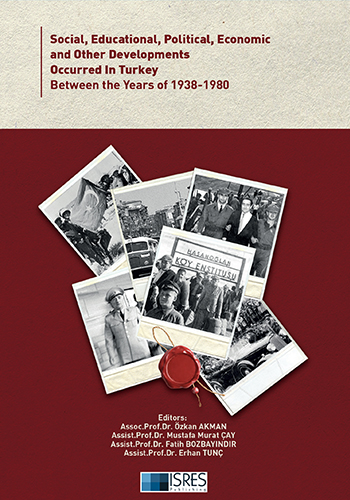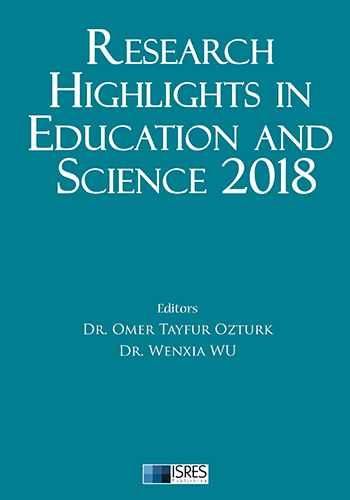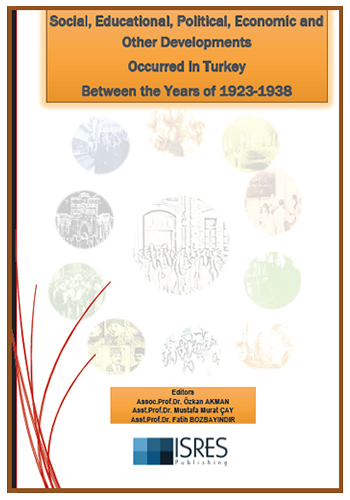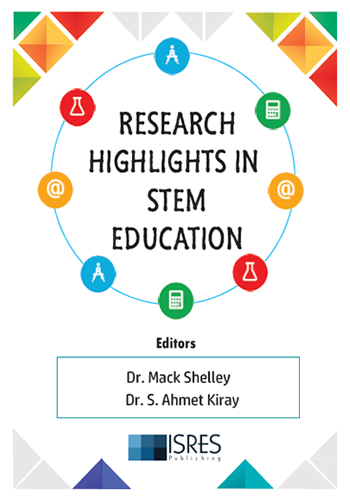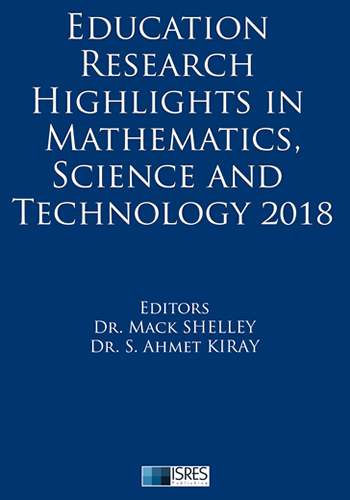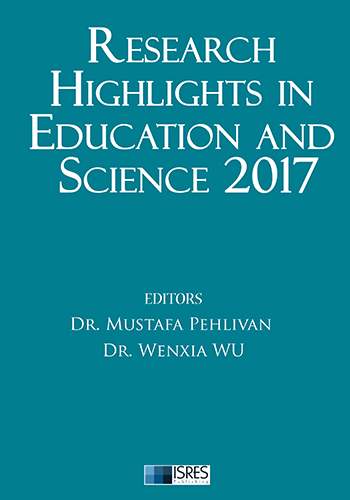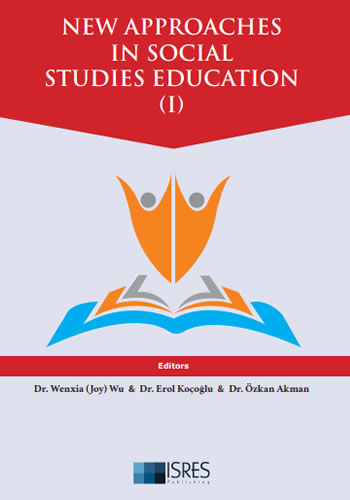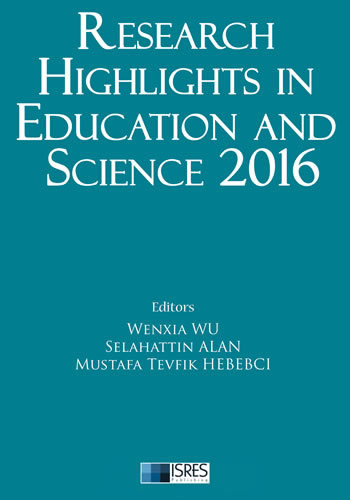Abstract: Students have difficulty in learning the concepts of science and similarly teachers have difficulty in teaching the concepts of science. In order to overcome these difficulties, different teaching methods are tried and it is attempted to attain success. Educators usually study the question of “how can we provide an easier and more permanent teaching?” As a solution to this problem they agree that activities which draw the attention of the students and which the students get pleased and entertained while doing enable the effective learning in teaching the concepts of science. In this regard project-based learning is one of the effective methods. However, it is not often preferred by the teachers due to the problems in the supply of materials and being long-term activities. Thus, primarily students were made to experience a scientific process by using the processes of project-based learning and a method which had an easy and cheap material supply was used in the study. By using the materials which everyone could buy easily and in a cheap price, senior students of Education Faculty were made to do edible projects. For these projects, students were divided into groups of two people and each group modelled a concept of science that they chose themselves by using edible materials such as sugar, cake, chocolate, pasta. In total, 15 groups of two people developed 26 different projects. These projects were mostly made by using the concepts of science such as cell, DNA, RNA, mitosis and meiosis, brain, atomic models, periodical table, planets, solar system and earth’s crust. These projects were later exhibited and they were introduced and presented to the other students in the Faculty. It has been observed that the students’ awareness for the concepts of science increased while the projects were being done and exhibited. It has been observed that this presentation drew attention as students tasted the models and shared them with the other students. It is quite important that these projects are introduced and published in order to popularise the use of such projects in all levels of teaching. For this purpose, it is aimed to discuss how these projects are going to be used in science teaching and the contribution of such projects to science teaching by explaining how these twenty-six projects were done.
The Use of Edible Science Projects in Teaching Science Concepts
Education Research Highlights in Mathematics, Science and Technology 2016
Editors: Mack Shelley, S. Ahmet Kıray, Ismail Celik
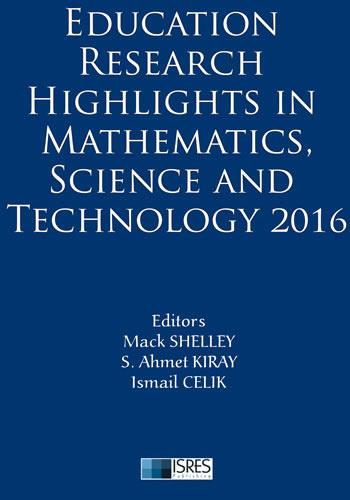
5150
The Use of Edible Science Projects in Teaching Science Concepts
Chapter Authors: Arif Çömek, Mehtap Yıldırım, Zehra Betül Alp
Pages: 48-57
Other Chapters
Development of the Secondary-Biology Concept Inventory (S-BCI): A Study of Content and Construct Validation
Andria Stammen, Deb Lan, Anita Schuchardt, Kathy Malone, Lin Ding, Zakee Sabree, William Boone
More Info Pages: 2-8
Development of Children’s Understanding of the Surface Orientation of Liquids
Marija Bošnjak Stepanović, Milica Pavkov Hrvojević, Dušanka Obadović
More Info Pages: 9-15
Bioethics in Science Education
Gülbin Özkan, Ünsal Umdu Topsakal
More Info Pages: 16-21
Experiencing Inquiry with Kindergarten: Science for Kids
Ayşe Oğuz Ünver, Sertaç Arabacıoğlu, Hasan Zühtü Okulu
More Info Pages: 22-31
Microscope Usage Information: Sample of Science Teacher Candidates
Sibel Demir Kaçan
More Info Pages: 32-38
Interaction of Genotype and Environnment in Expression of Phenotype: Do University Students Integrate Knowledge About Epigenetics
Boujemaa Agorram, Sabah Selmaoui, Moncef Zaki, Salaheddine Khzami
More Info Pages: 39-47
The Use of Edible Science Projects in Teaching Science Concepts
Arif Çömek, Mehtap Yıldırım, Zehra Betül Alp
More Info Pages: 48-57
Vocational Acqusition of STEM Teachers in Cern Workshops
Mustafa Hilmi Çolakoğlu
More Info Pages: 58-65
Electrical Engineering Education
Mehtap Köse Ulukök, Özcan Demirel
More Info Pages: 66-72
Training Science Teachers of Secondary Education with Networking: From Web 2.0 to Edu 2.0
Maria Kalathaki
More Info Pages: 74-80
Bring Cosmos into the Classroom: 3D Hologram
Hasan Zühtü Okulu, Ayşe Oğuz Ünver
More Info Pages: 81-86
Turn Your Phones On: Using Android Devices to Collect Scientific Data
Matt Cochrane
More Info Pages: 87-95
Diffusion of M-Learning: Sakarya University Case
Naciye Güliz Uğur, Tuğba Koç
More Info Pages: 96-104
Perceptual Interfaces from the Perspective of Human-Computer Interaction and Its Use in Education
Esad Esgin, Neşe Gürbulak
More Info Pages: 105-113
Blended Achievement at Transnational Schools as Collaborative Learning Communities-Toward a Systemic Assessment Methodology
Mohamed Ziad Hamdan
More Info Pages: 114-118
Teaching Algorithms By Educational Digital Game Programming
Selahattin Alan, Davut Alan, Şakir Taşdemir
More Info Pages: 119-129
Prospective Elementary Mathematics Teachers’ Contextual, Conceptual, and Procedural Knowledge: Analysis of Selected Items from the Pisa
Utkun Aydin, Meriç Özgeldi
More Info Pages: 131-137
Creating Real Learning Experiences Rather than Teaching Based on the Traditional Transfer of Mathematical Information, at College Level
Elizabeth Mena Avilés, Ana Gema Guevara Aguilar, Roberto Rosas Rangel, Ernesto Save Moreno
More Info Pages: 138-142
Budapest/Hungary Conferences - August 28-31, 2025
We are pleased to invite you to ISRES conferences, which will be held at Obuda University/Budapest/Hungary on August, 28-31, 2025. The following conferences will be held in Budapest/Hungary:...
15.01.2025
Trabzon/Türkiye Conferences - May 01-04, 2025
ISRES Spring Conferences - Trabzon/Turkiye SOCIAL SCIENCES – May 1-4, 2025, Trabzon, Türkiye * 5th International Conference on Social Science Studies - IConSoS2025 ...
11.12.2024
Peja/Kosovo Conferences - July 10-13, 2025
We are pleased to invite you to our conferences, which will be held at University of Peja Haxhi Zeka on July, 10-13, 2025. The following conferences will be held in Peja/Kosovo: - 7th Internat...
28.11.2024






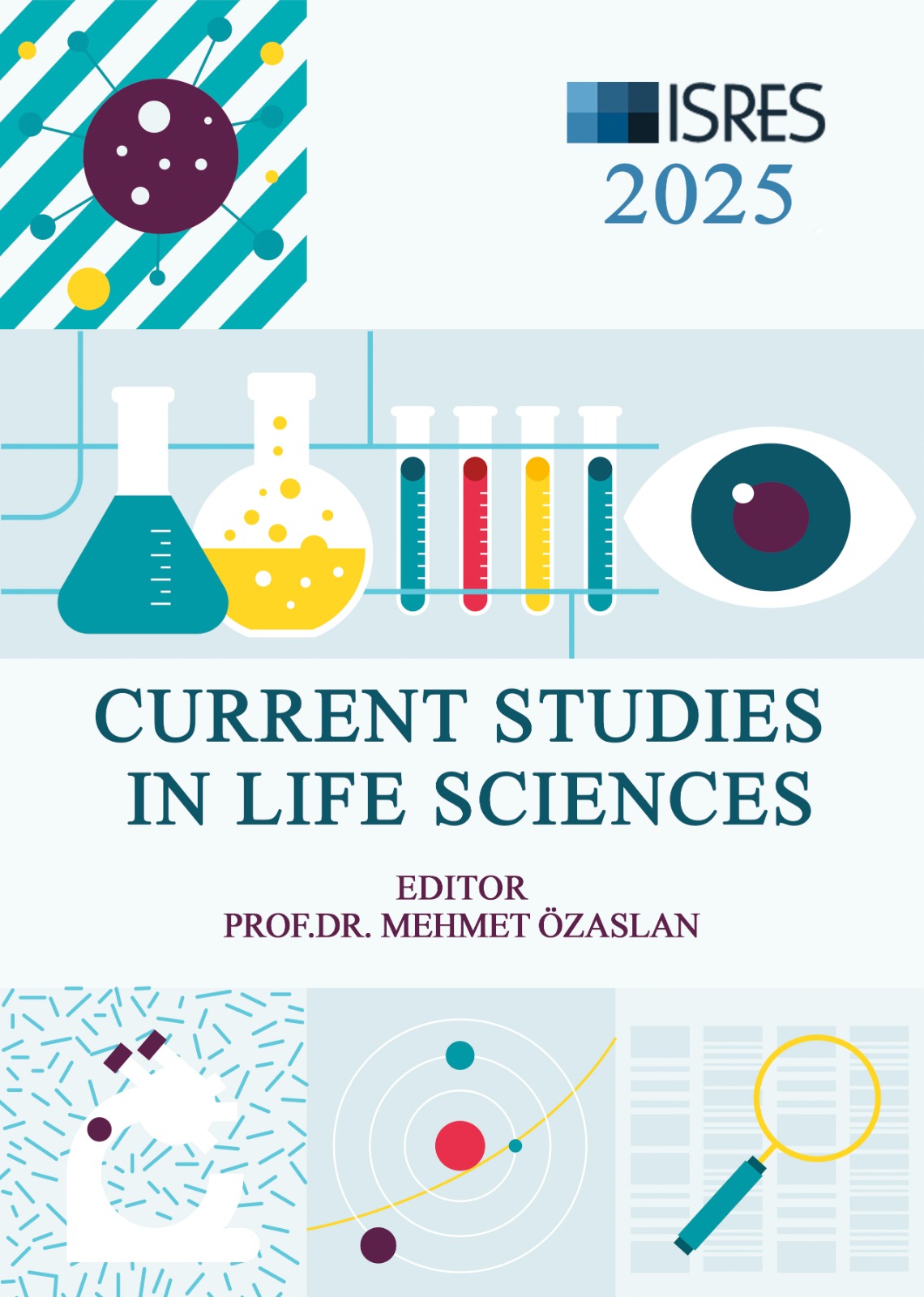
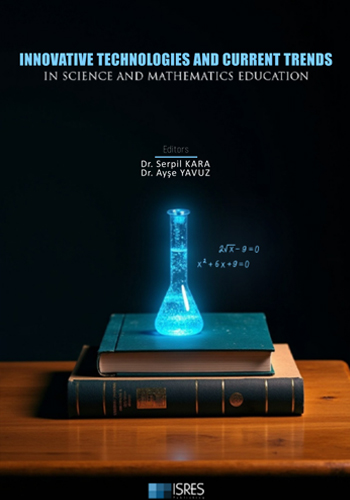


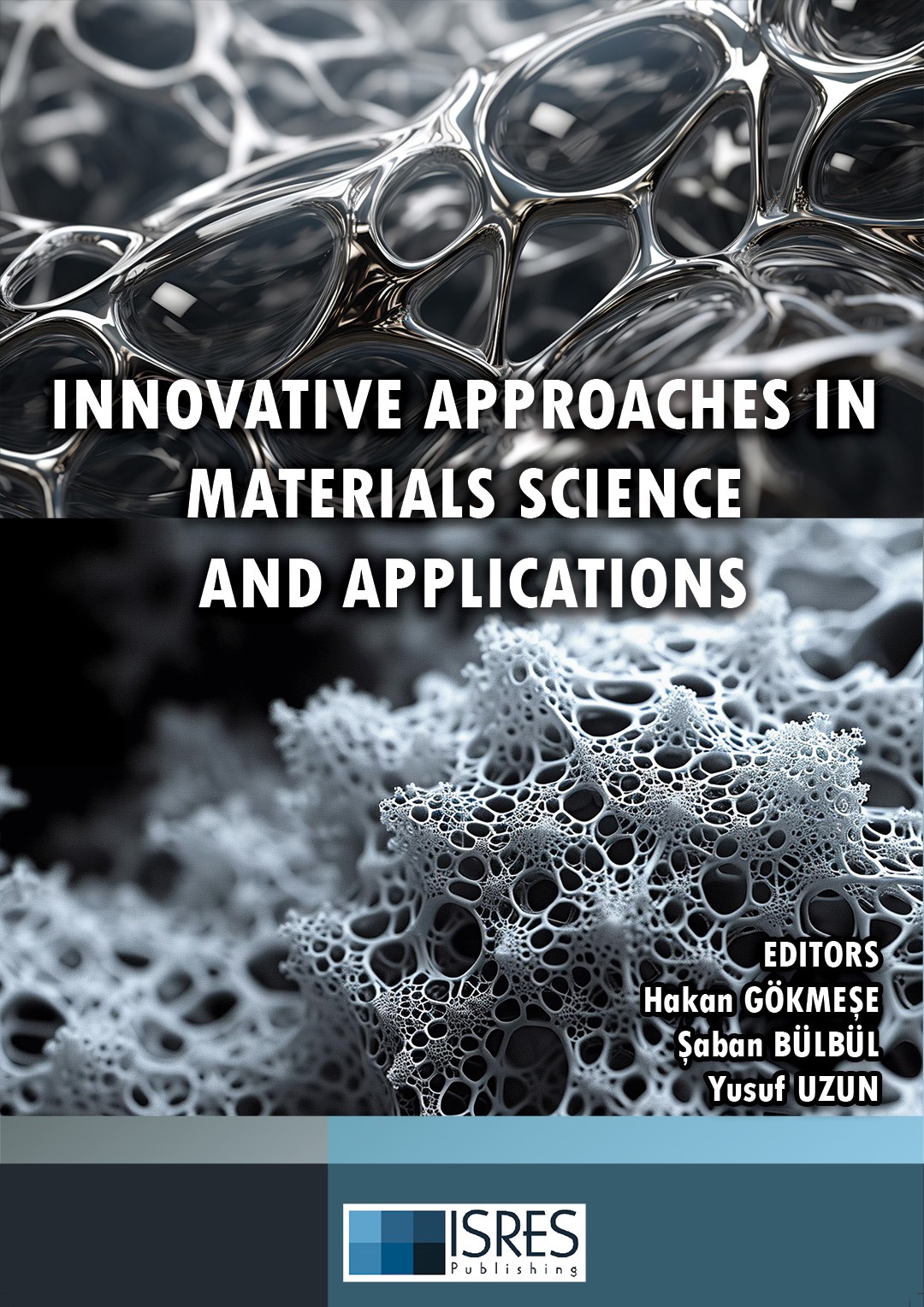
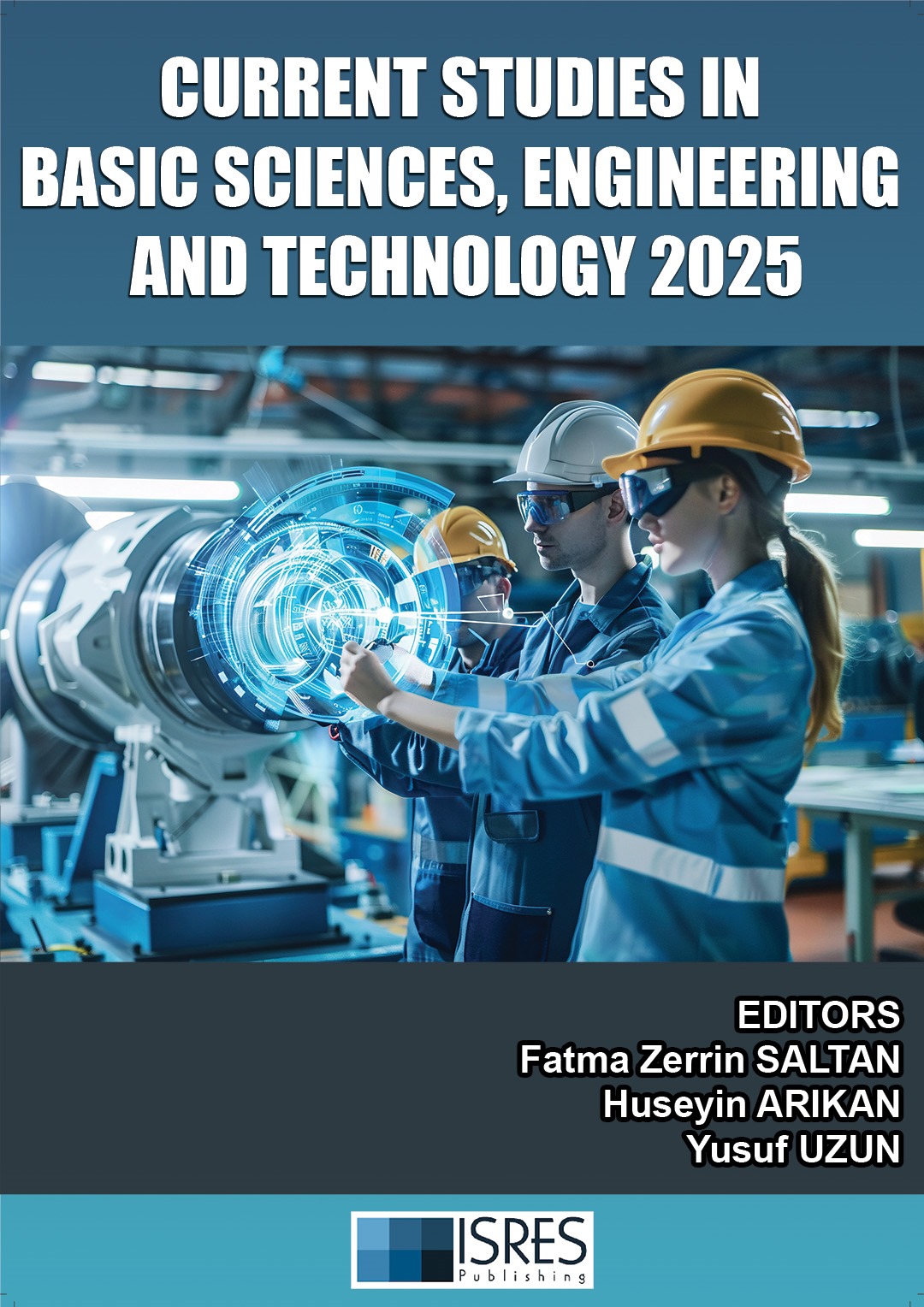

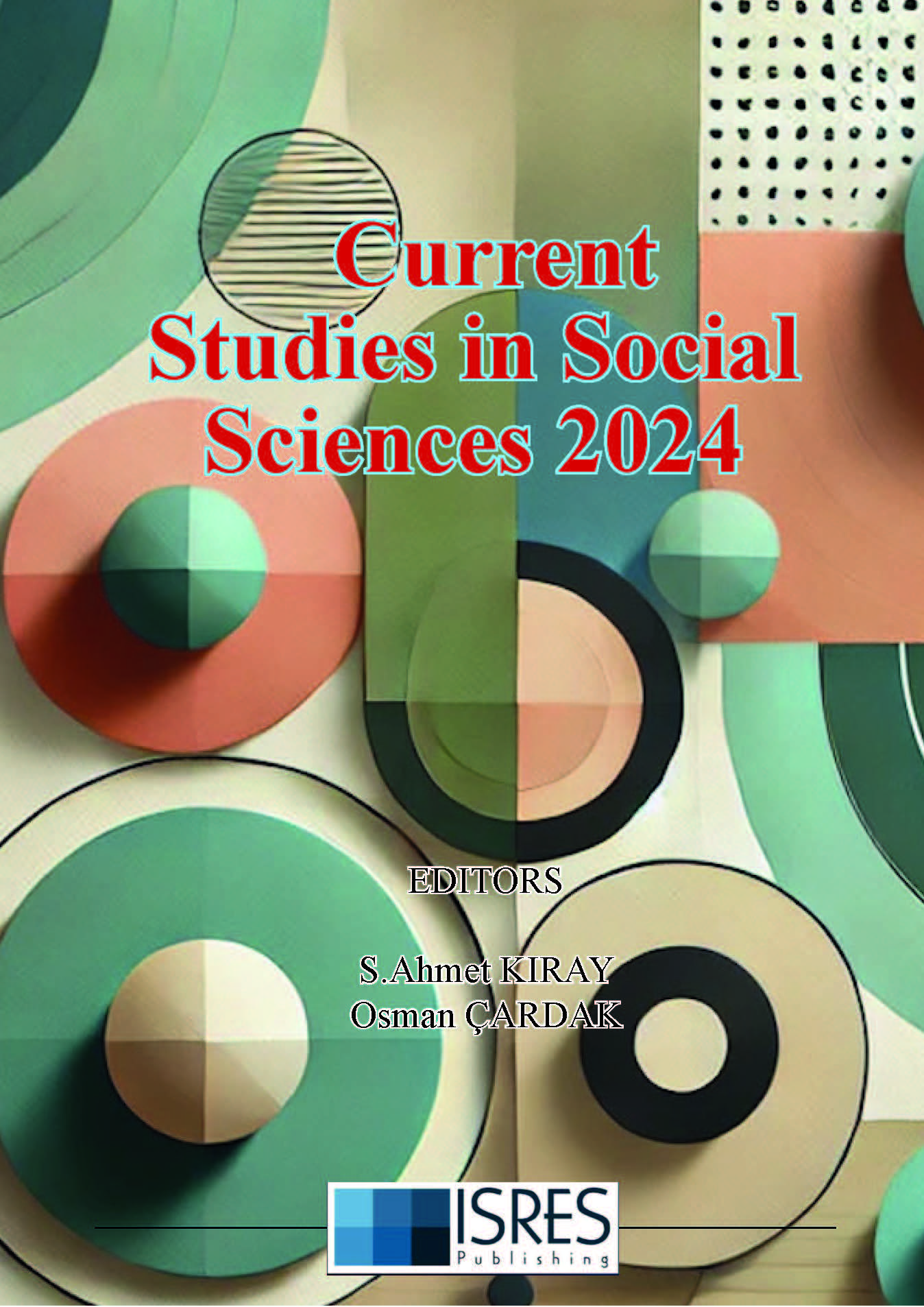
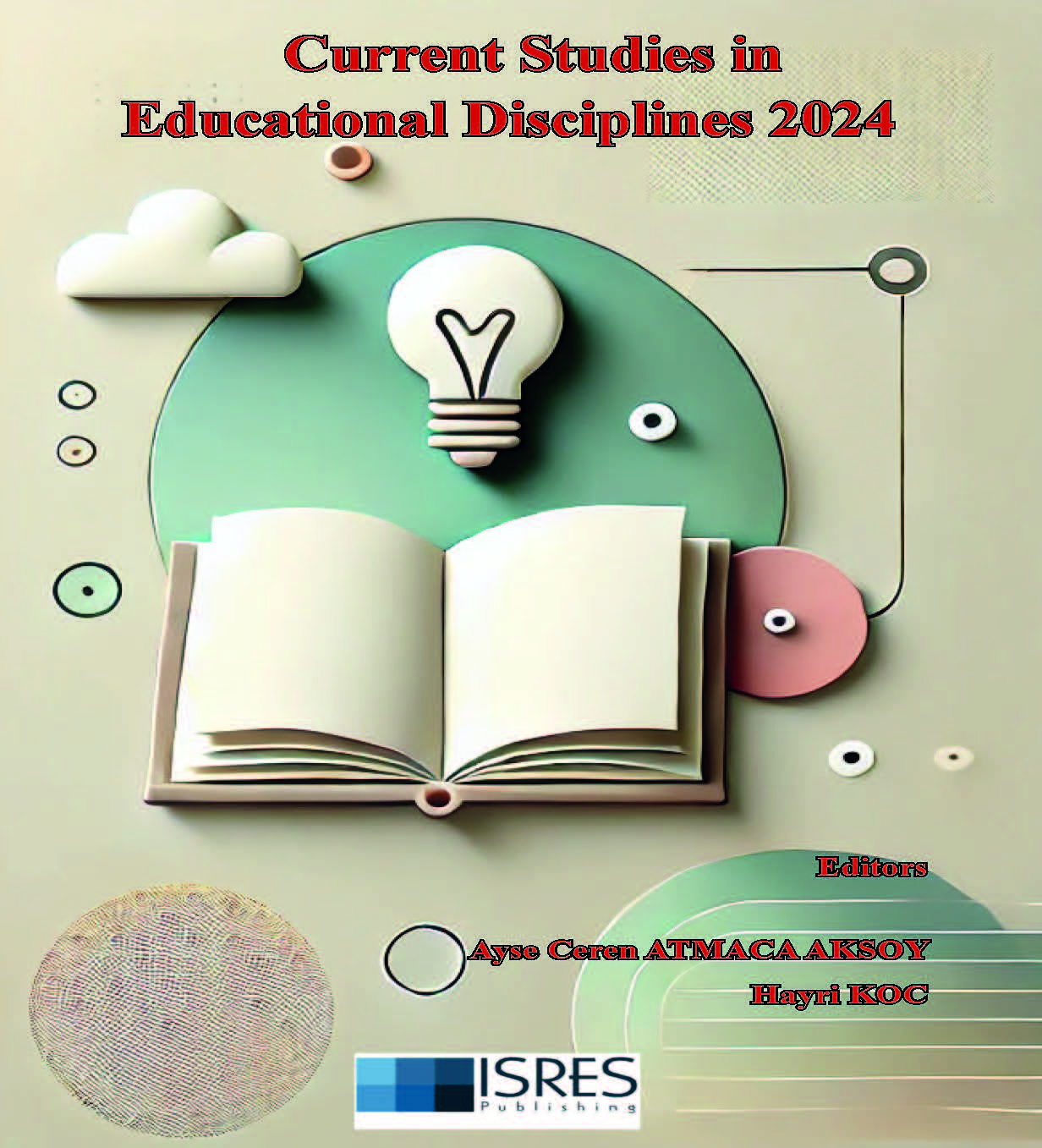
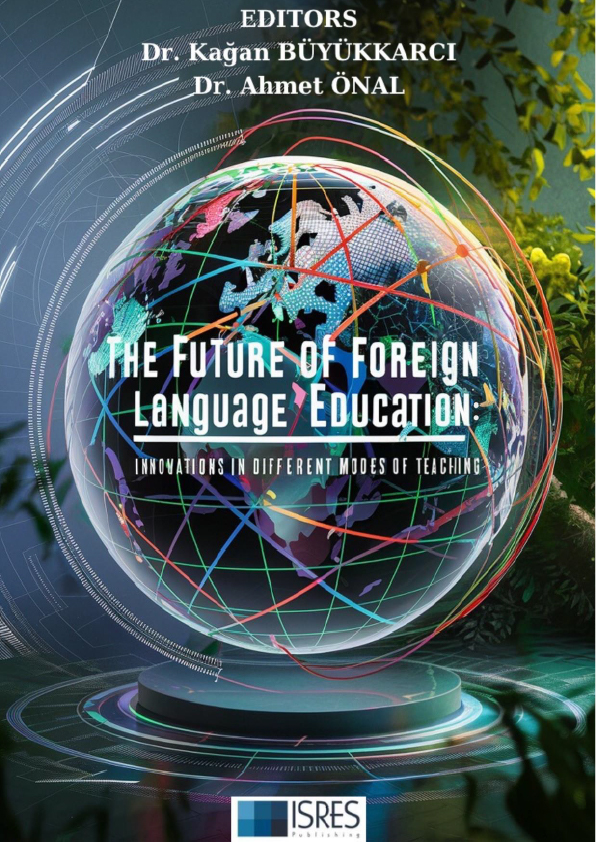
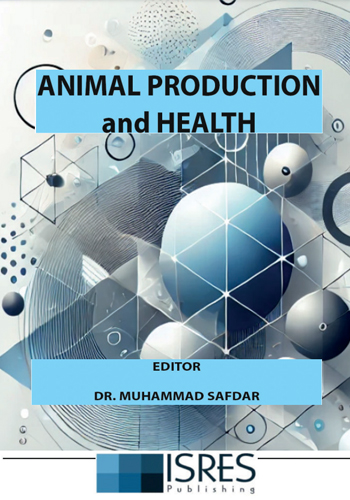

 (1)_16-12-2024.jpg)


_29-12-2024.jpg)
 (1)_01-01-2025_10-03-2025.jpg)
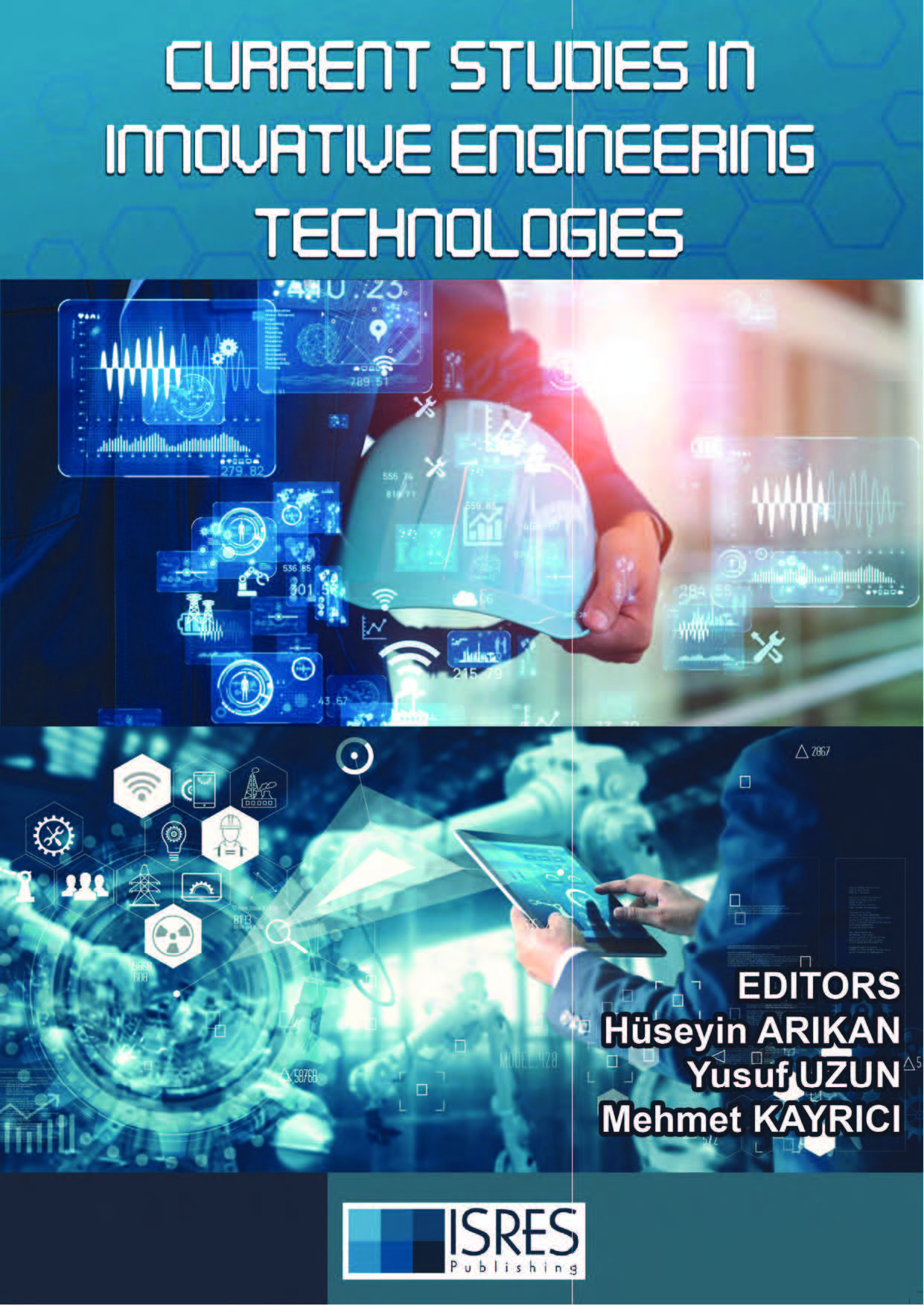
_01-01-2025.jpg)
